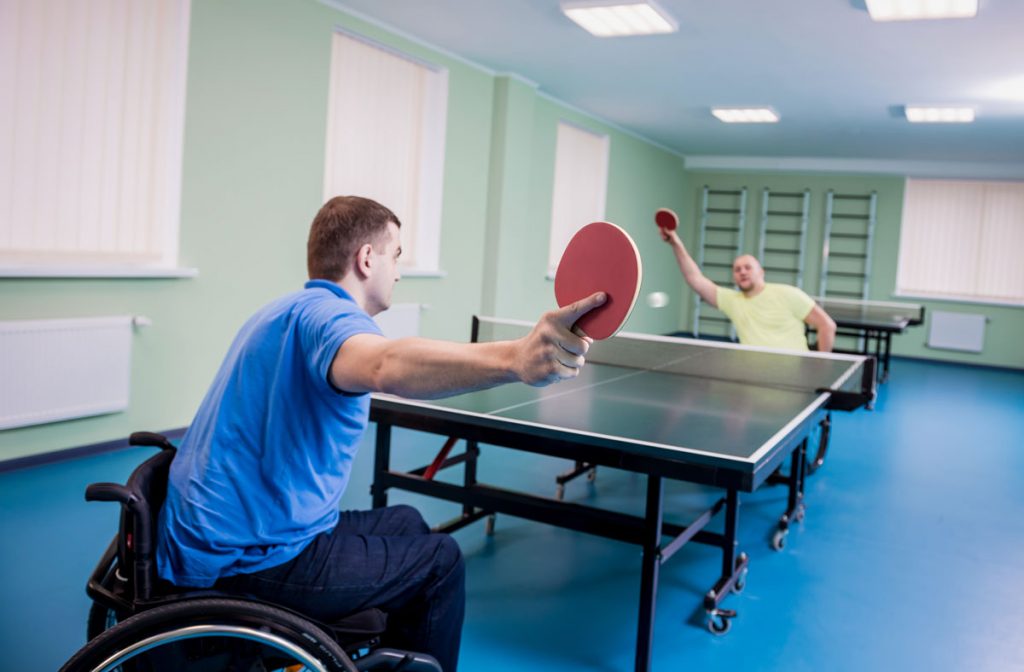The 6-Second Trick For Dementia Fall Risk
The smart Trick of Dementia Fall Risk That Nobody is Talking About
Table of ContentsThe Ultimate Guide To Dementia Fall RiskDementia Fall Risk Can Be Fun For AnyoneThe smart Trick of Dementia Fall Risk That Nobody is Talking AboutThe 6-Second Trick For Dementia Fall Risk
A loss threat assessment checks to see how most likely it is that you will drop. The assessment generally includes: This consists of a collection of questions about your general health and if you've had previous falls or troubles with balance, standing, and/or walking.STEADI includes screening, analyzing, and intervention. Treatments are referrals that might minimize your risk of dropping. STEADI includes 3 actions: you for your danger of dropping for your risk factors that can be improved to attempt to prevent drops (for example, equilibrium problems, damaged vision) to minimize your threat of falling by making use of effective techniques (as an example, providing education and learning and sources), you may be asked numerous concerns consisting of: Have you dropped in the past year? Do you feel unstable when standing or strolling? Are you bothered with falling?, your service provider will examine your toughness, balance, and gait, making use of the complying with fall evaluation devices: This examination checks your stride.
If it takes you 12 secs or even more, it might suggest you are at higher threat for a loss. This examination checks strength and equilibrium.
Move one foot halfway ahead, so the instep is touching the big toe of your other foot. Relocate one foot fully in front of the other, so the toes are touching the heel of your various other foot.
Dementia Fall Risk Fundamentals Explained
Many falls happen as a result of numerous contributing variables; for that reason, handling the risk of falling begins with identifying the variables that add to drop danger - Dementia Fall Risk. Several of the most relevant risk aspects include: History of prior fallsChronic medical conditionsAcute illnessImpaired stride and equilibrium, lower extremity weaknessCognitive impairmentChanges in visionCertain risky medications and polypharmacyEnvironmental factors can also raise the danger for drops, consisting of: Poor lightingUneven or harmed flooringWet or unsafe floorsMissing or harmed hand rails and order barsDamaged or poorly fitted tools, such as beds, mobility devices, or walkersImproper usage of assistive devicesInadequate guidance of the individuals residing in the NF, consisting of those who exhibit hostile behaviorsA effective autumn danger administration program needs a detailed scientific assessment, with input from all participants of the interdisciplinary team
.png)
The care strategy need to likewise include treatments that are system-based, such as those that advertise a risk-free environment (suitable lights, handrails, order bars, and so on). The effectiveness of the interventions need to be evaluated periodically, and the care strategy changed as essential to check it out reflect modifications in the loss risk evaluation. Applying an autumn danger monitoring system utilizing evidence-based ideal technique can reduce the frequency of falls in the NF, while limiting the potential for fall-related injuries.
The Basic Principles Of Dementia Fall Risk
The AGS/BGS guideline recommends evaluating all grownups aged 65 years and older for fall risk annually. This testing includes asking clients whether they have dropped 2 or more times in the past year or looked for clinical attention for an autumn, or, if they have actually not dropped, whether they feel unstable when strolling.
People who have actually fallen once without injury needs to have their balance and gait evaluated; those with stride or equilibrium abnormalities need to get extra evaluation. A background of 1 loss without injury and without stride or equilibrium problems does not warrant further analysis beyond ongoing yearly fall threat screening. Dementia Fall Risk. An autumn risk evaluation is needed as component of the Welcome to Medicare evaluation

Some Known Questions About Dementia Fall Risk.
Documenting a falls background is one of the quality indicators for loss prevention and management. A crucial component of risk analysis is a medicine evaluation. A number of classes of drugs increase fall threat (Table 2). Psychoactive medications particularly are independent forecasters of falls. These medicines have a tendency to be sedating, change the sensorium, and impair equilibrium and stride.
Postural hypotension can often be reduced by decreasing the dose of blood pressurelowering medications and/or stopping drugs that have orthostatic hypotension as a negative effects. Usage of above-the-knee assistance pipe and sleeping with the head of the bed elevated might also lower postural decreases in blood pressure. The advisable components of a fall-focused health examination are received Box 1.

A pull time higher than or equal to 12 seconds recommends high fall threat. The 30-Second Chair Stand examination evaluates reduced extremity stamina and balance. Being incapable to stand from a chair of knee elevation without utilizing one's This Site arms indicates increased fall threat. The 4-Stage Equilibrium test assesses static equilibrium by having the client stand in 4 positions, each progressively more tough.